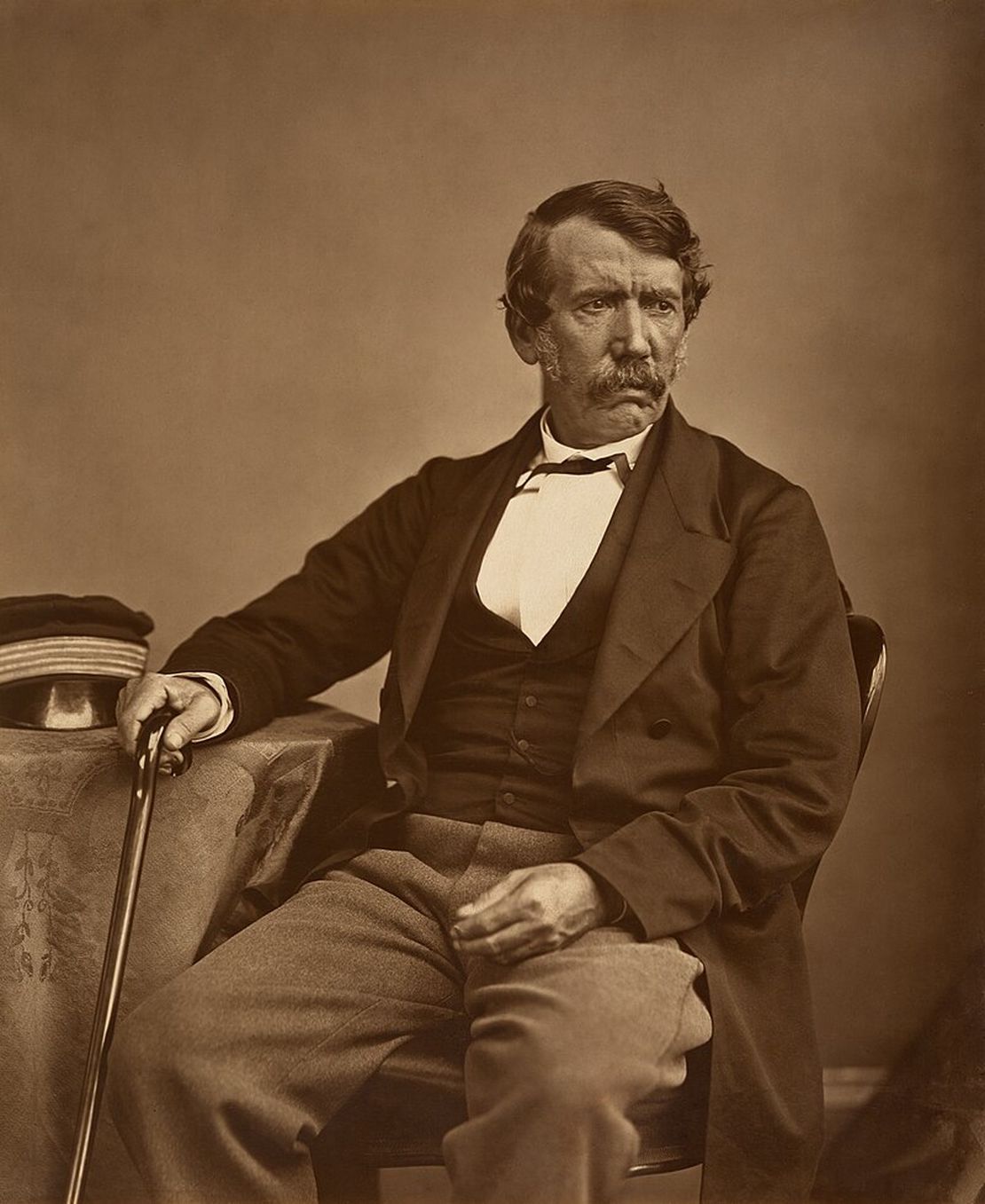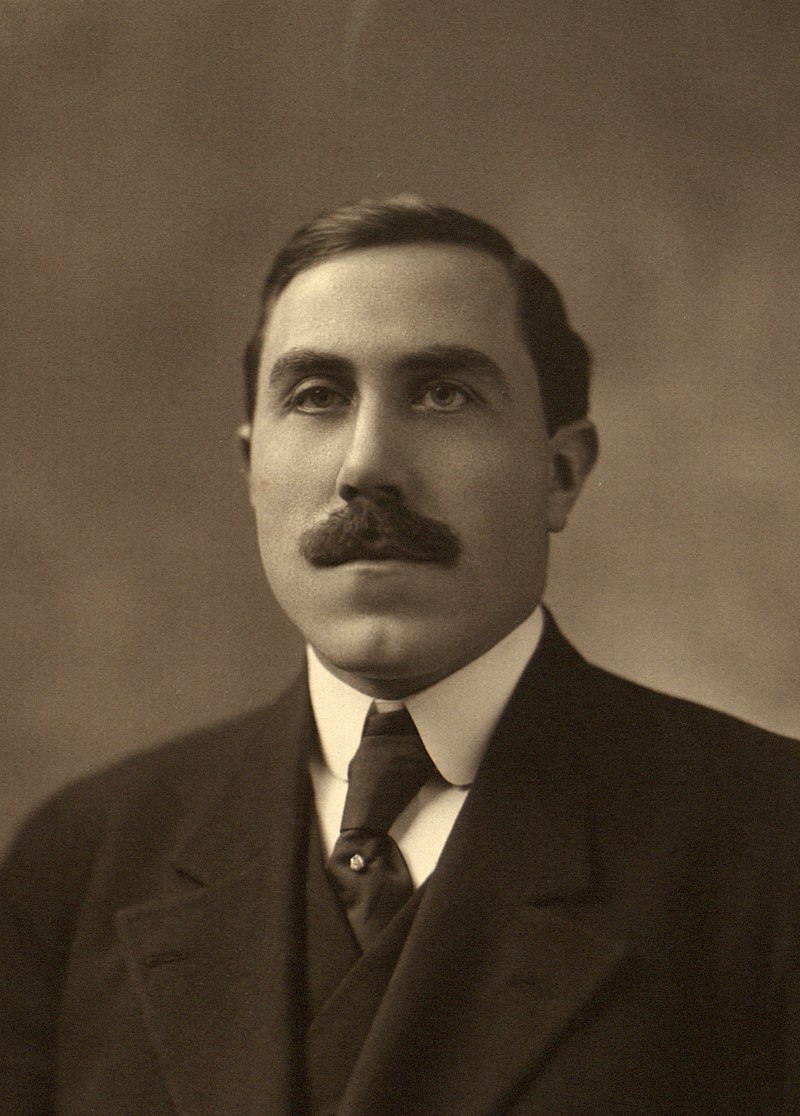- April 18, 1874
David Livingstone FRGS FRS (/ˈlɪvɪŋstən/; 19 March 1813 – 1 May 1873) was a Scottish physician, Congregationalist, pioneer Christian missionary with the London Missionary Society, and an explorer in Africa. Livingstone was married to Mary Moffat Livingstone, from the prominent 18th-century Moffatt missionary family.
Livingstone came to have a mythic status that operated on a number of interconnected levels: Protestant missionary martyr, working-class “rags-to-riches” inspirational story, scientific investigator and explorer, imperial reformer, anti-slavery crusader, and advocate of British commercial and colonial expansion. As a result, Livingstone became one of the most popular British heroes of the late 19th-century Victorian era.
Livingstone was born on 19 March 1813 in the mill town of Blantyre, Scotland, in a tenement building for the workers of a cotton factory on the banks of the River Clyde under the bridge crossing into Bothwell.
While Livingstone had a great impact on the expansion of the British Empire, he did so at a tremendous cost to his family. In his absences, his children grew up missing their father, and his wife Mary (daughter of Mary and Robert Moffat), whom he married in 1845, endured very poor health, and died of malaria on 27 April 1862.
In London, his body lay in repose at No.1 Savile Row, then the headquarters of the Royal Geographical Society, prior to interment at Westminster Abbey.
Honouring individuals buried in Westminster Abbey has a long tradition. Over 3,300 people are buried or commemorated in the abbey. Since the 18th century, it has become a prestigious honour for any British person to be buried or commemorated in the abbey, a practice much boosted by the lavish funeral and monument of Isaac Newton, who died in 1727

 ← Joseph McGarrity, Irish patriot, is born in Carrickmore, Co. Tyrone
← Joseph McGarrity, Irish patriot, is born in Carrickmore, Co. Tyrone
 Walter Wilson, mechanical engineer, designer of cars and tanks, is born in Blackrock, Co. Dublin →
Walter Wilson, mechanical engineer, designer of cars and tanks, is born in Blackrock, Co. Dublin →